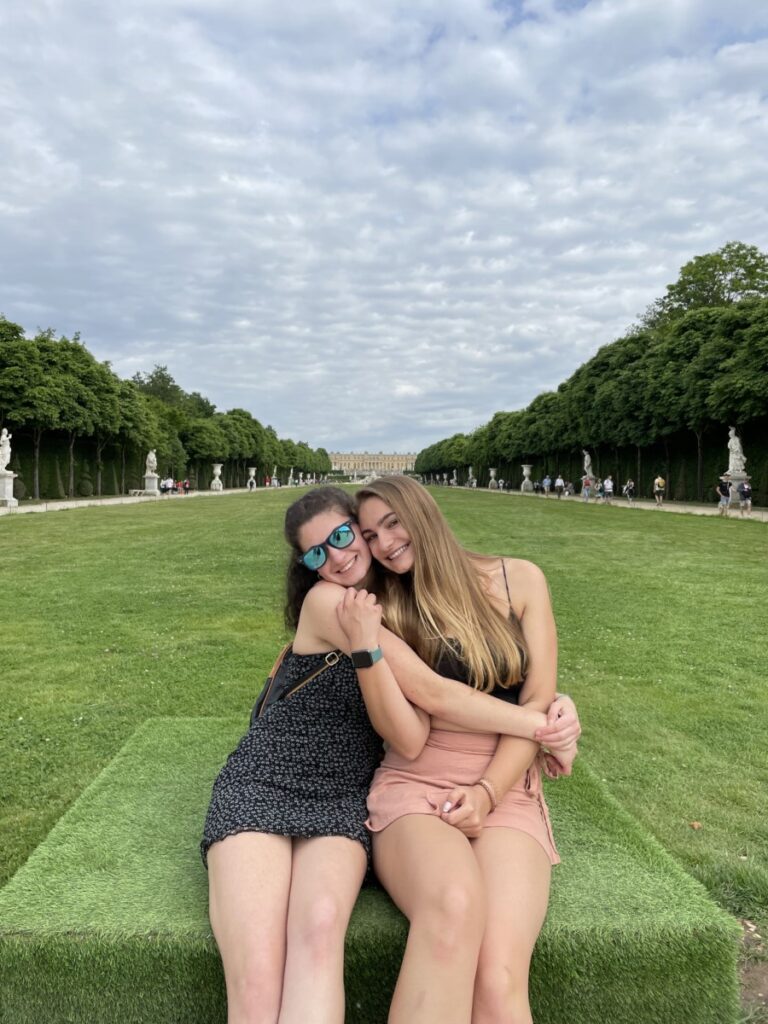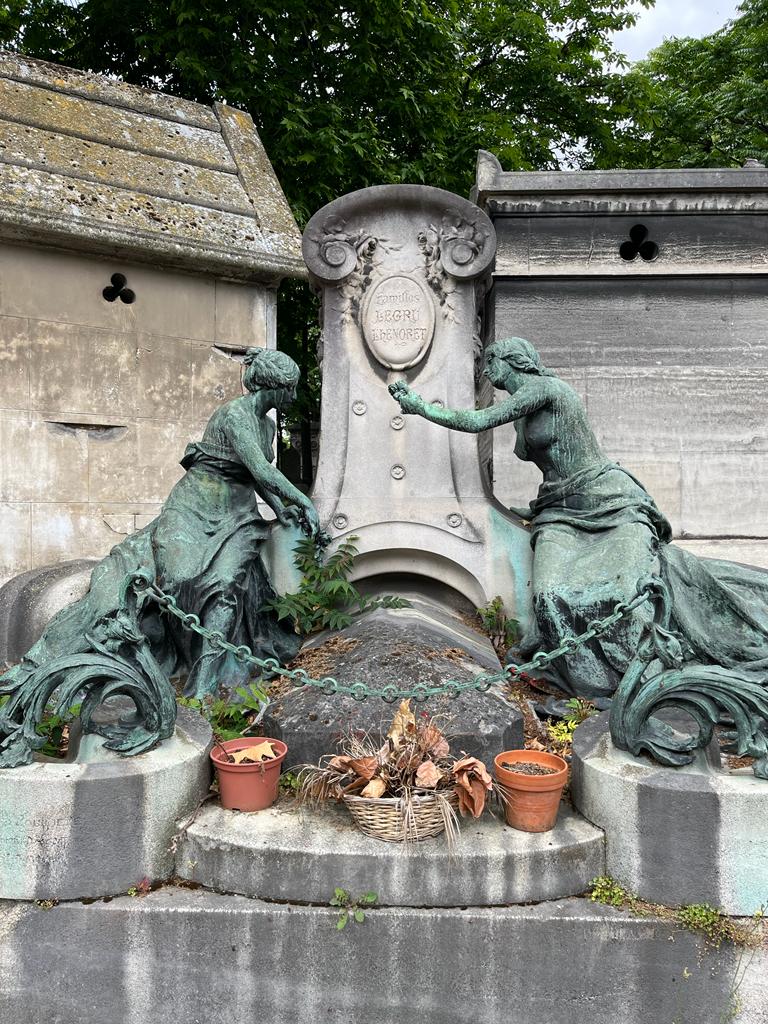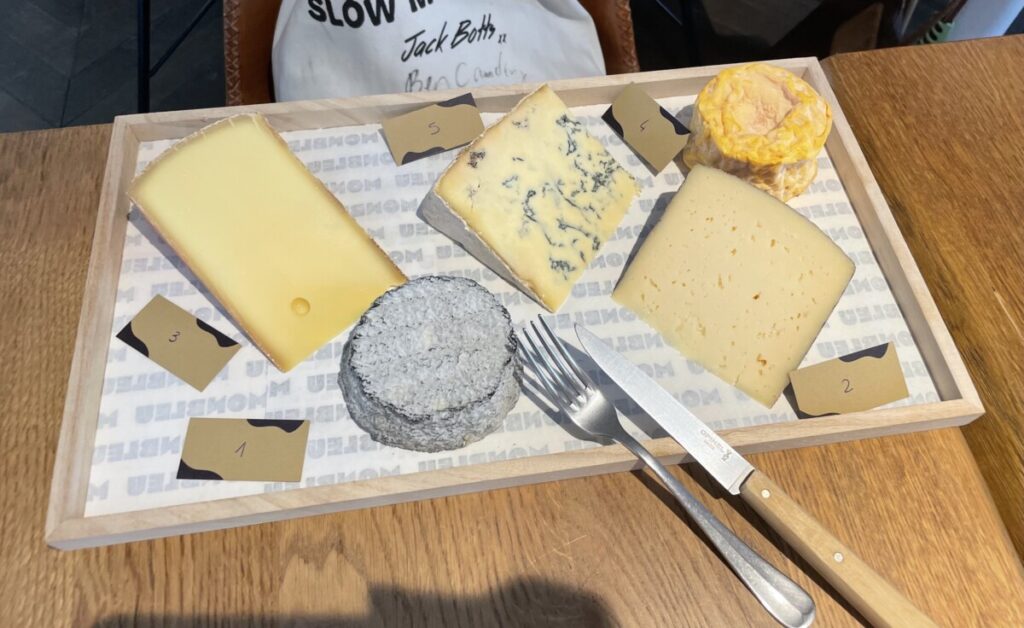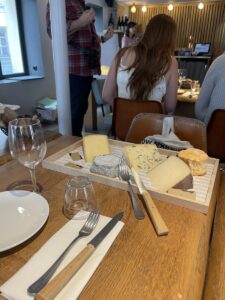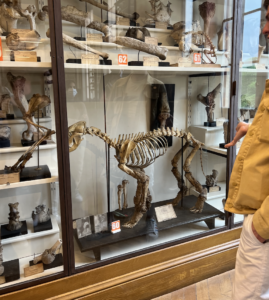On Saturday, May 28th, Lauren, Sam, and I visited Galleries Lafayette in the 9th district. Galleries Lafayette is a mall-sized department store with endless brands and multiple cafes, restaurants, and bars. We weren’t there for a long time as we quickly learned that it contained mostly high-end brands, but it was definitely an experience. We went for a nice dinner followed by more shopping that was better suited for us.
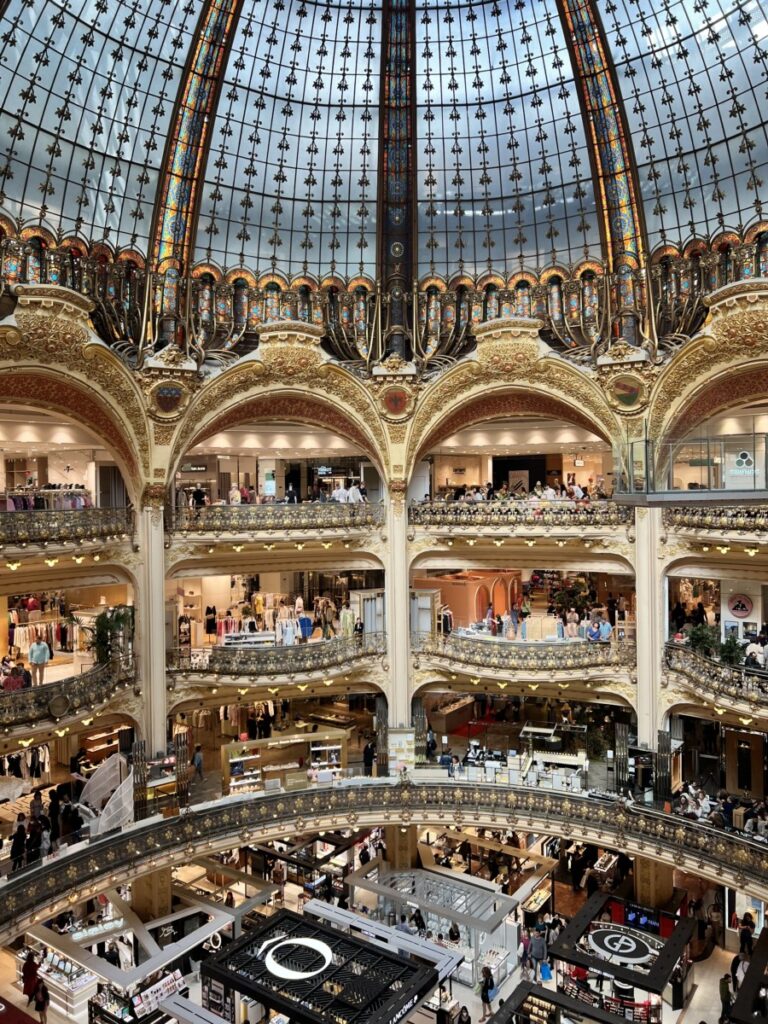
Personally, shopping has never been a fun activity for me. In fact, it is quite stressful. However, most people find shopping relaxing and joyful, leading to the development of the concept of retail therapy which is supported by science. So next time you want to go shopping and someone tells you not to, remind them that shopping can be good for the brain.

